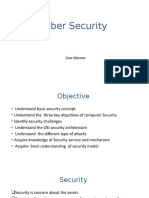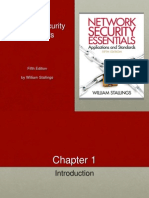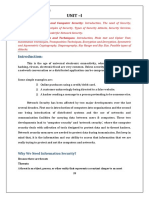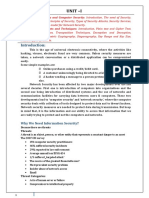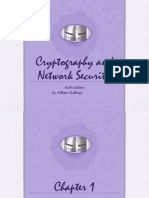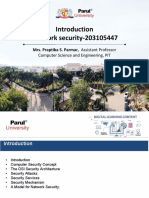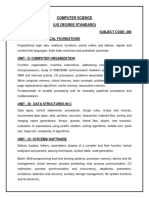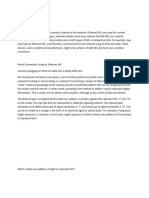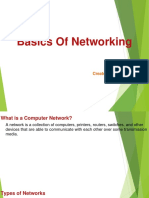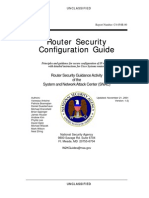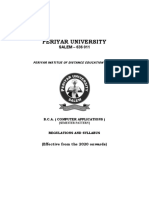0% found this document useful (0 votes)
46 views81 pagesU1 Intro
The document outlines a course on Network Security, emphasizing the importance of protecting information systems against various threats such as viruses and hackers. It covers key concepts including the CIA triad (Confidentiality, Integrity, Availability), security attacks, services, and mechanisms, as well as the OSI Security Architecture. The course aims to provide practical knowledge and understanding of network security principles and practices over 45 hours of content.
Uploaded by
mdazmanalcCopyright
© © All Rights Reserved
We take content rights seriously. If you suspect this is your content, claim it here.
Available Formats
Download as PDF, TXT or read online on Scribd
0% found this document useful (0 votes)
46 views81 pagesU1 Intro
The document outlines a course on Network Security, emphasizing the importance of protecting information systems against various threats such as viruses and hackers. It covers key concepts including the CIA triad (Confidentiality, Integrity, Availability), security attacks, services, and mechanisms, as well as the OSI Security Architecture. The course aims to provide practical knowledge and understanding of network security principles and practices over 45 hours of content.
Uploaded by
mdazmanalcCopyright
© © All Rights Reserved
We take content rights seriously. If you suspect this is your content, claim it here.
Available Formats
Download as PDF, TXT or read online on Scribd
/ 81










